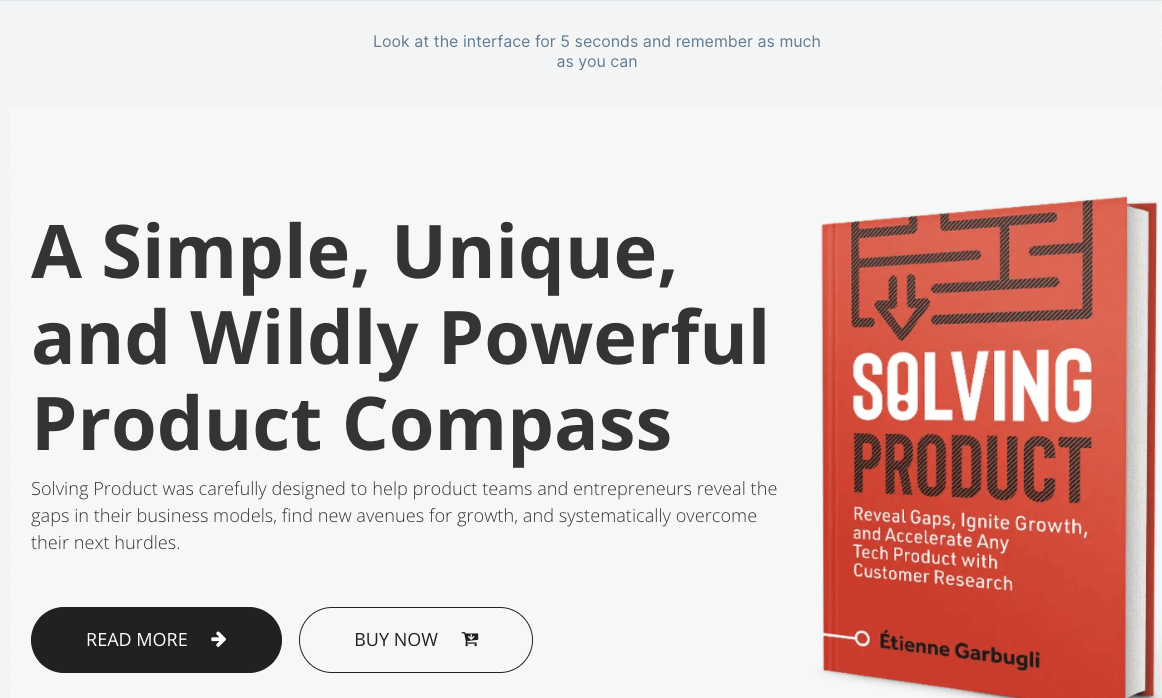“The people coming to your website start with a base belief. For example, they believe that messaging is good on a website, or they believe that they should do A/B testing, or they believe that they should email their customers. Most people don’t have enough belief and motivation to convert immediately. Your goal is to increase belief and motivation to make them convert.” – Guillaume Cabane, Growth Advisor
Expectations for a product are set the moment someone mentions its name.
If your product is listed in app marketplaces, you’re running ads, or you have copy describing what your product does, you need to understand that touch points all contribute to setting user expectations, and that those expectations are used to evaluate your product.
If you’re selling Customer Relationship Management software (CRM), but everything about your copy tells visitors that you are a consulting company, visitors will be very disappointed to discover that you can’t help them set up their database. Chances are, they won’t use your product—and you’ll never know why.
For this reason, it’s often a good idea to start this phase with a comprehension test to figure out if prospects actually understand your messaging in the way that you intended it. This will help to reduce problems moving forward, and can also provide benchmarks to optimize against.
One of the most popular forms of comprehension test is the Five Second Test. In a Five Second Test, people are shown a value proposition, messaging, a screenshot, or a full-fledged website for 5-15 seconds before they’re asked to sum up their understanding:
“What is this [ Page / Site / Product ] about?”
Five Second Tests need 20-40 participants and can take as little as one hour to run.

What to Look for in a Five Second Test
You’re not looking for significant or representative results. Directionally accurate results will be enough.
Look for a positive response of 80% or more. The responses should help point out gaps in comprehension for your messaging. Cognitive load limits conversion rates, so it’s a good idea to make your messaging as simple as possible.
Although participants don’t need to be part of your target market, they should have the same level of language and vocabulary as your intended audience.
UsabilityHub has the best—also the original—Five Second Test. But you could organize your own comprehension tests during customer interviews or user tests.
As your market expands and your messaging evolves, it’s a good idea to run new comprehension tests regularly, with both prospects and existing customers.
For customers, you should optimize for word of mouth, while for prospects you’ll want to make sure that the messaging remains clear and effective.
– –
This post in an excerpt from Solving Product. If you enjoyed the content, you'll love the new book. You can download the first 3 chapters here →.